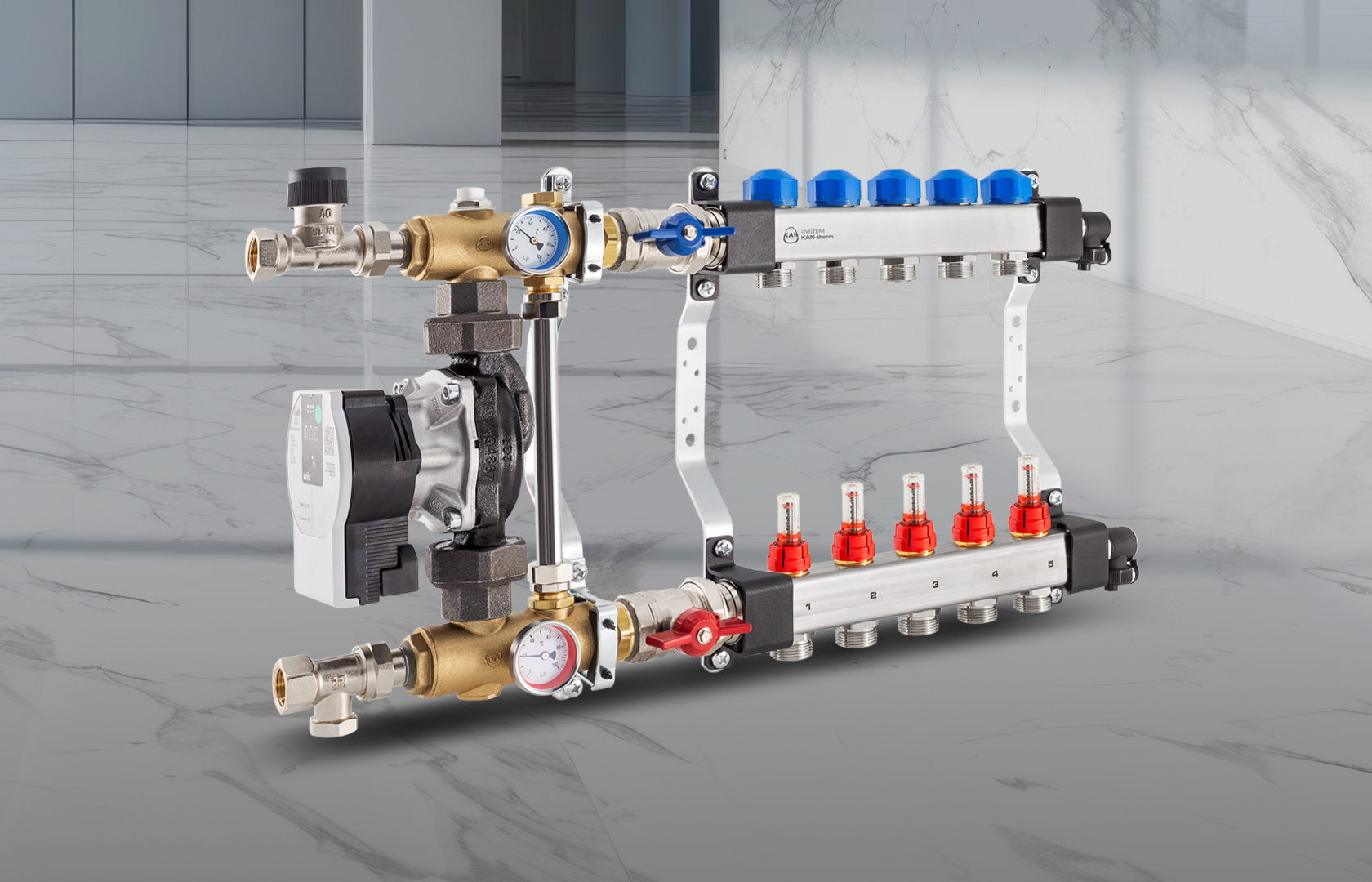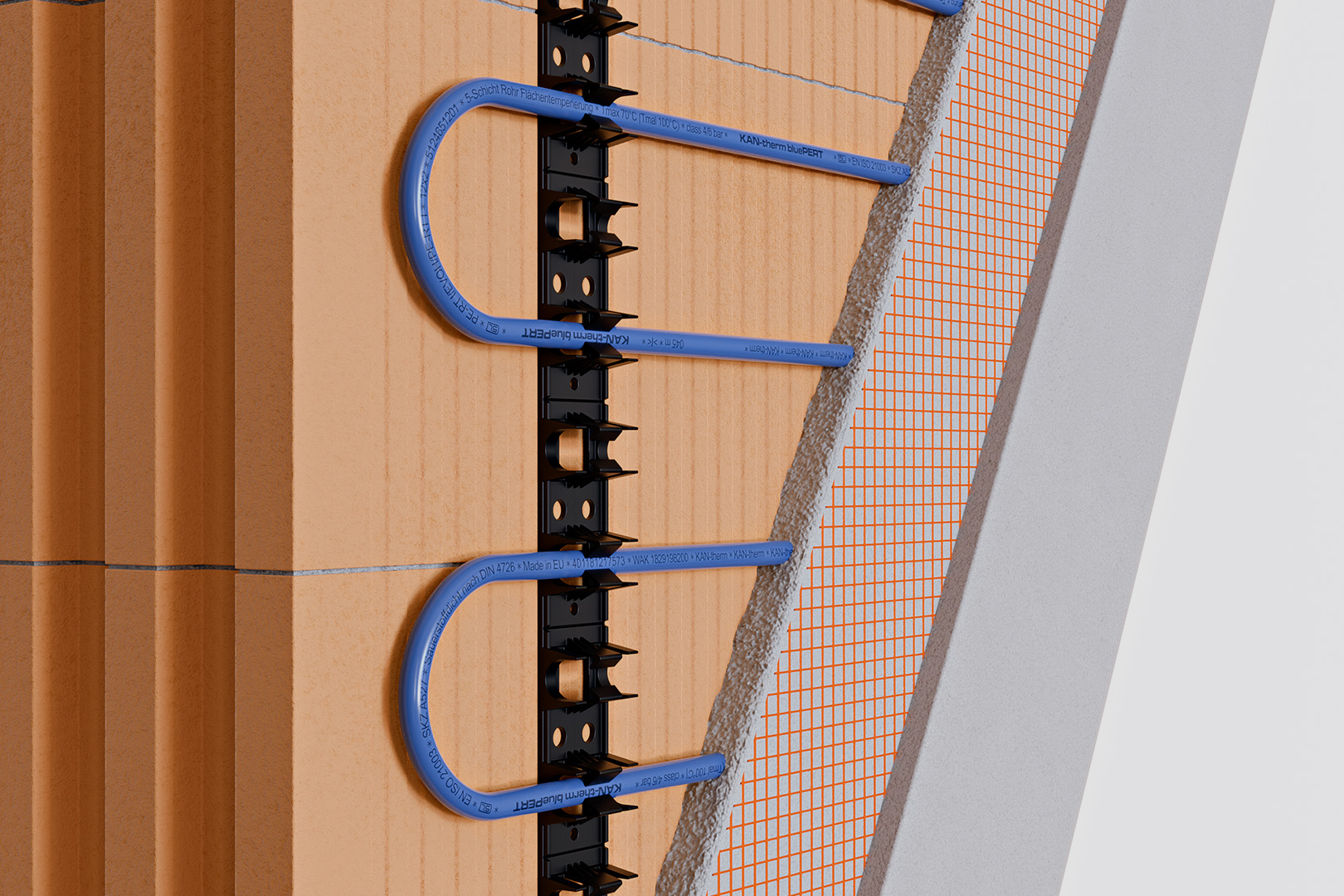Using the opportunities offered by Augmented Reality (AR) we have set ourselves the goal of streamlining production areas with regard to functionality and work ergonomics, as well as the speed of information flow.
How does augmented reality work in a production setting?
Thanks to the features of Apzumi Spatial application and Hololens 2 glasses operating withinAR (augmented reality), operators have the opportunity to use the developments of modern technology in their daily work. For example they can connect remotely with service technicians to eliminate errors, with no need to stop the production process.
In practice, this means being able to use the available images and instruction manuals within the operator's field of view as holograms, and then register and check the servicing of the device remotely. But that's not all, as the glasses support the creation of an archive of all the servicing operations performed and their analysis in case of failure in an accessible way.
Adapting functionalities of Apzumi Spatial tool according to the requirements of our company significantly saves time, improves communication and makes production processes more fluent. And consequently makes the company more competitive on the market. The “Call” function is one of such practical solutions, which allow for convenient, remote collaboration with and exchange of information between experienced employees that are working remotely.
A simple solution, a multitude of benefits.
Introduction of augmented reality to the production area is another important step of the company's development. In this approach, we have opted for a solution that is simple and intuitive to use, with the possibility of rapid implementation. Thanks to the technology used, we are able to reduce or even eliminate need for paper documentation and introduce standardisation and task visualisation.
An important part of the introduced changes was the possibility to train employees. Detailed operator instruction manuals for new employees significantly reduce time needed to learn and prepare for a position, allowing the more experienced engineers to focus on other tasks.
AR technology contributes to improved efficiency, ergonomics and safety at work. It helps speed up the technical training process and improves communication within the organisation. It is also an important functional and economic solution thanks to monitoring and reducing servicing costs, eliminating paper documentation (the so-called 'paperless' strategy) or the aforementioned employee training.
For the past few years, we have been experiencing the development of augmented reality technology and equipment, which have moved from the entertainment sector into the industrial one. The professional, rather than strictly commercial, use of technological innovations has the important task of improving work areas such as production.






